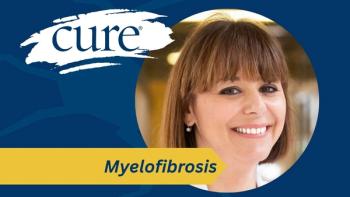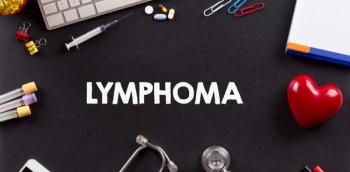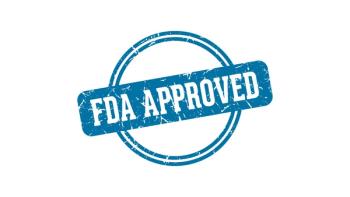
Social Media and its Impact on Breast Cancer Survivorship
Social media can be beneficial in helping survivors connect with others experiencing similar health challenges. Although the benefits haven't been measured, evidence shows strong support for social connectivity.
Nearly everyone has some form of social media account these days. Facebook, Instagram and Twitter are among some of the most popular social media sites. These sites help keep people connected and provide a sense of community. Patients, families and caregivers can find these sites useful as they come together to share similar experiences.
One of the draws of using social media is its accessibility. Anyone, anywhere, can get plugged in. In most cases, the only tools necessary are a laptop, cell phone or computer and some sort of internet connection. With just a few clicks and a small amount of time, one can tap into a vast array of social atmospheres without leaving the comfort of home.
Social media has greatly benefited survivorship because it’s provided a way for cancer patients to find new friends, stay connected and garner ongoing sources of support.
Some enjoy joining social media groups related to a specific type of cancer, while others look for more general groups. Either way, connecting allows a person to escape feelings of aloneness.
When I was diagnosed with breast cancer, I’d already been using social media for many years. I was very familiar with the major sites and found it easy to get connected with others. In the search bar, on my Facebook feed, I typed in the words “breast cancer group.” Within seconds, a long list of choices appeared. I took the time to read about each group and then made the choice to join several. Most of the groups were closed and it was necessary to contact an administrator for acceptance. That process was quite easy and I was never rejected from any group I wanted to join.
There were types of groups available. I was able to find one for my specific stage of cancer. Another was for my specific type of breast cancer. It felt good to connect with others. As I read through the group posts, I began to feel part of a sisterhood.
It took some time before I was brave enough to post on the group sites. There was always a fear of rejection, especially since I was a newbie at cancer; I was afraid I’d ask the wrong thing or say something silly. For the most part, my comments were received graciously and within a day or two, I felt right at home.
Whenever I had a question, it didn’t matter how petty it seemed, someone was always willing to answer. If I needed advice, all I had to do was post and in just a minute, I had more information than I could fathom.
No matter what type cancer you have, whether you’re a cancer veteran or a cancer newbie, there’s a social media group out there for you. And if, by some chance, there’s not one, feel free to start your own!
Though it’s been four years since my diagnosis, I still rely on breast cancer groups for support. I’ve made many friends through these online groups and although we’ve never met in person, I feel these strangers have helped me navigate an otherwise difficult and scary world.
Social media, either you love it or you hate it, but whatever your feeling, it’s a viable and useful tool for those of us who need to find ways to stay connected.
Here are some tips for getting started:
- If you don’t have a social media account, you’ll need to set one up. Facebook, along with most others, require an email address and a unique password that you’ll choose when you set up your account.
- After signing up for the account, be sure to look at your privacy settings inside the app. You’ll want to make sure to protect your privacy by making selections that fit your needs. Most of these settings are very easy to access and can be reached by going to your general account settings. If you’re having difficulty, there are always YouTube videos that can help.
- When you’ve gotten your account set up, configured your privacy settings, and signed into your account, now it’s time to find your people! Look for those with similar health concerns by doing a search for your cancer type. You might want to use the keywords cancer group, or breast cancer support, breast cancer, breast cancer awareness, or something along those lines.
- When you find a group you’d like to join, check to see if the group has open access (meaning anyone can join) or if it’s closed. If it’s closed, it doesn’t mean you can’t join, it means you need to ask permission to do so. All you’ll need to do is contact the administrator (there’s usually a place on the group site to do this) and wait for their reply.
- After you’ve found your group, make yourself known! Read through the posts to find out what the group is currently discussing so you can join in. Make a comment or ask a question. Be brave! Also, be ready for lots of response.
Social media can be very fun, but it can also be stressful. Don’t get caught up in any discussion that causes you stress or doubt. Remember, everyone has an opinion and some of them won’t necessarily agree with yours.
Using social media responsibly can provide a unique environment that will help on those days when you just need a friend, want to talk, or need help seeking answers.
Cancer is a hard road to travel but you don’t have to travel it alone. Remember that old tag line for AT&T many years ago, “Reach out and touch someone?” With social media, you can reach out without ever having to actually make physical contact. How cool is that?





